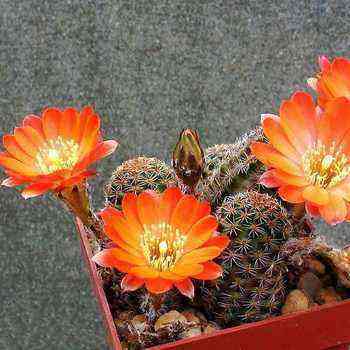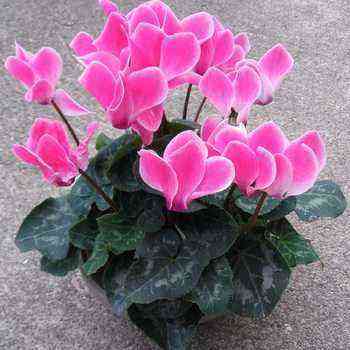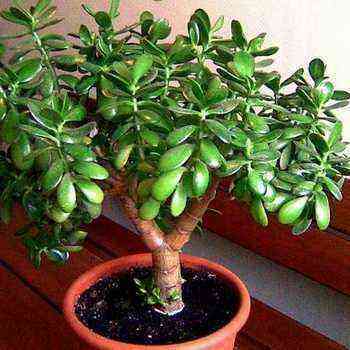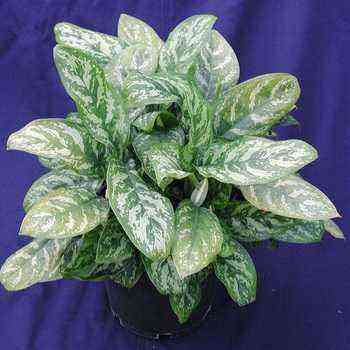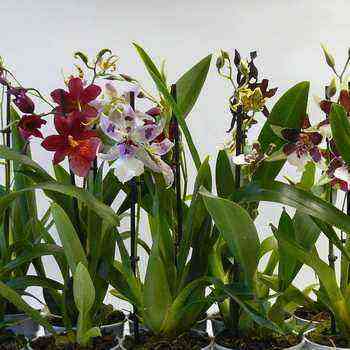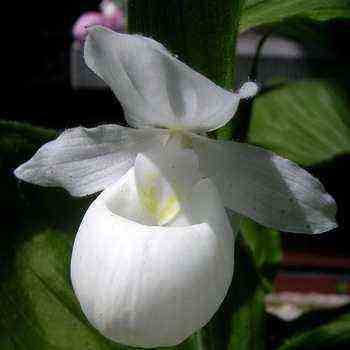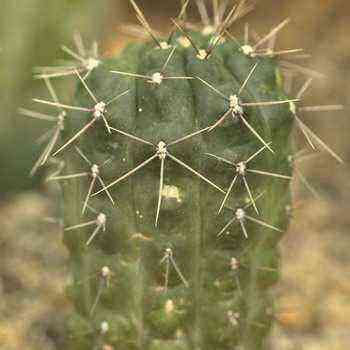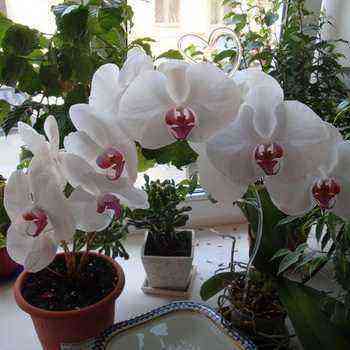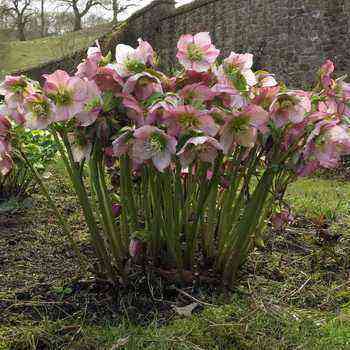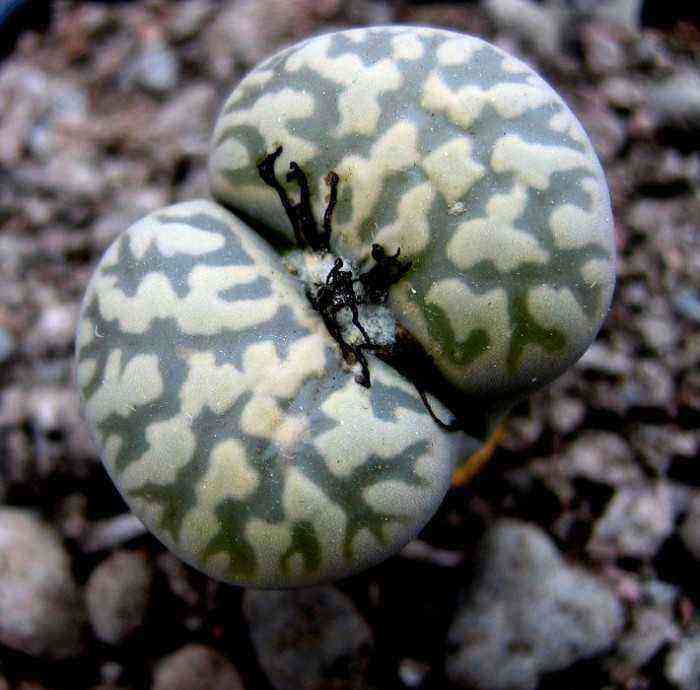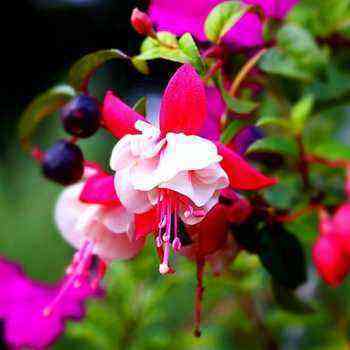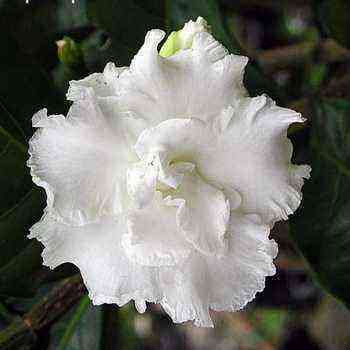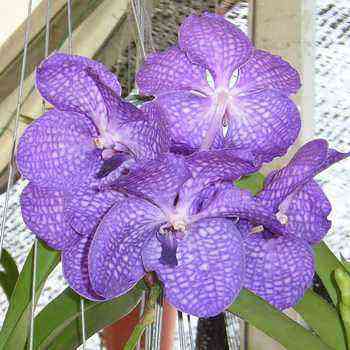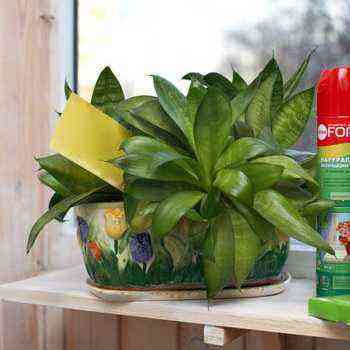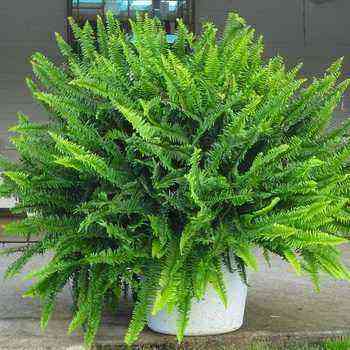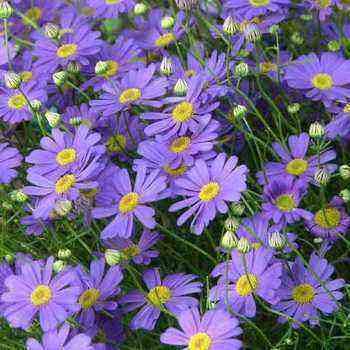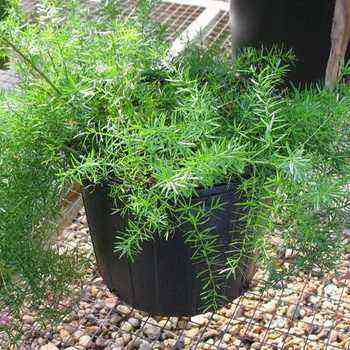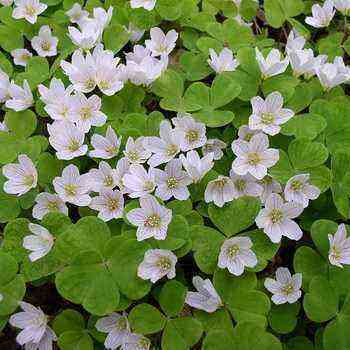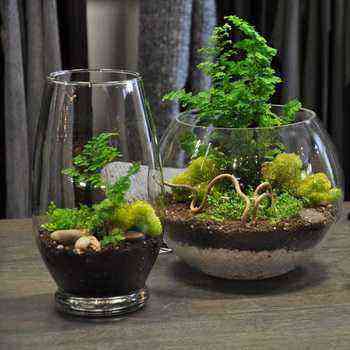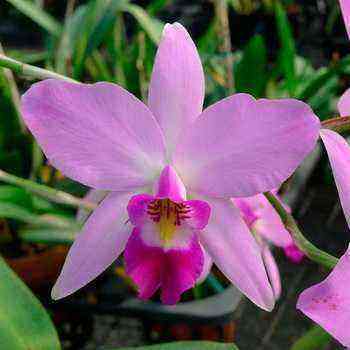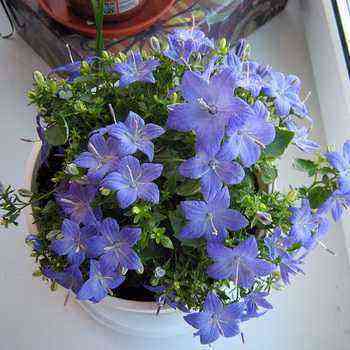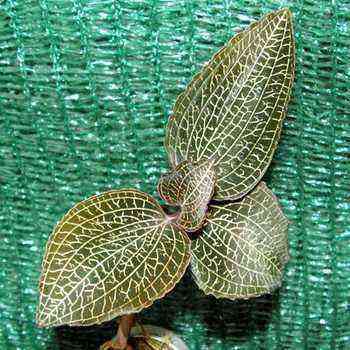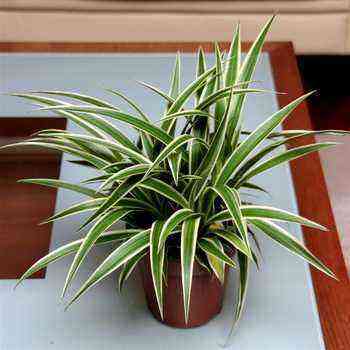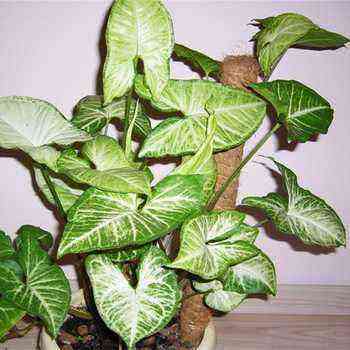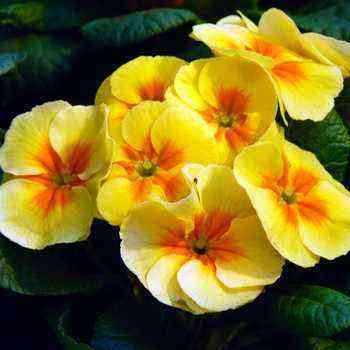 Orchids of the genus Masdevallia and Dracula are common in the humid forests of Central and South America. If Masdevallia has been known to scientists since the end of the XNUMXth century, then Dracula was singled out as a separate genus only in the last century. Both genus have many hybrids cultivated by breeders.
Orchids of the genus Masdevallia and Dracula are common in the humid forests of Central and South America. If Masdevallia has been known to scientists since the end of the XNUMXth century, then Dracula was singled out as a separate genus only in the last century. Both genus have many hybrids cultivated by breeders.
These plants are similar in appearance and have similar growing conditions in home gardening. When caring for Masdevallia and Dracula orchids, it is important to provide diffused lighting and a sufficiently cool temperature.
Orchid of the genus Masdevallia
Masdevallia (MASDEVALLIA) Is a large genus with about 500 species of epiphytic and lithophytic orchids growing in Peru, Ecuador and Colombia. The genus got its name in honor of the Spanish botanist and physician of the late 1779th century, Dr. Don Jose de Masdevall. The first species of the genus Masdevallia was found by European botanists in XNUMX during an expedition to explore the forests of Peru and Chile.
Masdewallias – orchids form a strongly shortened creeping rhizome, on which thin, almost completely reduced pseudobulbs sit. Each carries a single rigid sheet. Most types of masdevallia bloom as single flowers, which are distinguished by a wide variety of shapes, sizes and colors.

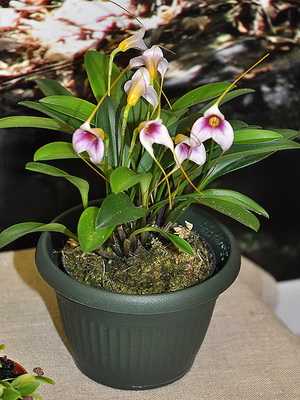
As you can see in the photo of Masdevalia, the structure of the flowers is rather unusual: the sepals are usually very elongated and end with long threadlike ends. On a plant, several flowers usually open at once.
Many representatives of the genus and hybrids with their participation are popular in indoor floriculture.
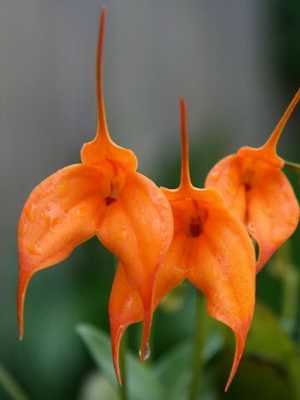
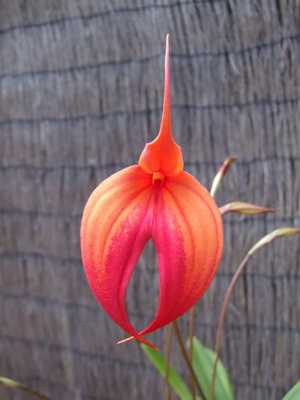
For example, Masdevallia Falcata is the primary hybrid obtained from a cross between Masdevallia coccinea and Masdevallia veitchiunu. It belongs to the most popular and vibrant plants, mainly with bright orange and red flowers.
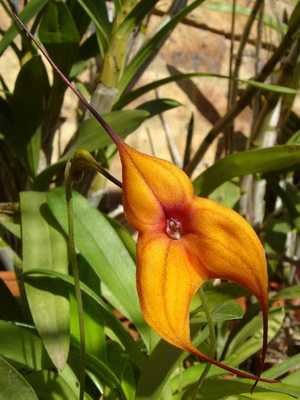

And one of the new hybrids, Masdevallia Baby Doll, is an abundantly flowering orchid suitable for growing in a small pot.
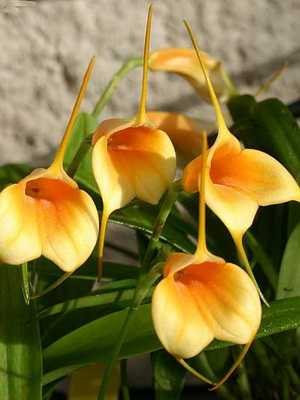

Masdevallia Aquarius (Masdevallia davisii x Masdevallia constricta) – an orchid with lemon-yellow flowers, about 3 cm in diameter, without elongation at the tips.
Masdevalia is the favorite orchid of the Peruvians, the unofficial symbol of Peru. The image of this orchid is present in the tales, songs and legends of the ancient Incas. In the flower of Masdevalia, Peruvians see an eye that cries, but these are tears of happiness! Hence the local poetic name for Masdewallia – “the eyes of the forest”.
In culture, they require special maintenance, but in principle it is not difficult to grow them. Plants do not have pseudobulbs, they accumulate moisture in the roots and succulent leaves, so it is preferable to grow them in pots. A substrate based on sphagnum moss is suitable for them.
When caring for Masdevallia throughout the year, it is necessary to provide a cool regime and diffused lighting (no direct sunlight). Top dressing throughout the year in low concentration.
Conditions for keeping the orchid Monkey Dracula
The closest to Masdevallia is the Dracula orchid ((DRACULA). These are cool plants, which actually belonged earlier to the genus Masdevallia. They were isolated into a separate genus only in 1978. Now there are about 80 epiphytic and terrestrial species in the genus, most of which grow in the humid, foggy forests of Western Colombia and Ecuador Most dracula bloom in spring.
The name comes from the Latin dracula – “little dragon”, “dragon”.
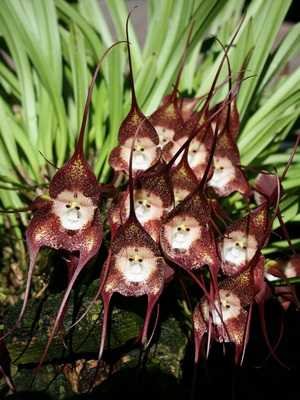
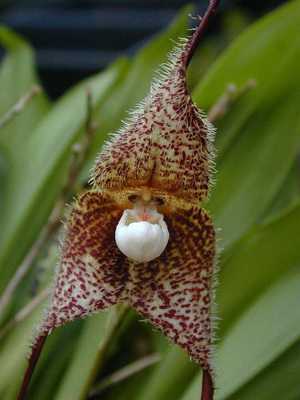
As you can see in the photo, the Dracula orchid really resembles a dragon’s “muzzle” in the center of the flower, and the very shape of the flower looks like a dragon. Often the plant is called the Dracula Monkey Orchid, seeing the similarity of flowers with the face of a monkey. However, the opinion is quite popular that this genus of orchids was named after the legendary vampire Dracula. Moreover, it seems that all the names of vampires and monsters are simply specially collected in the specific epithets of representatives of this genus: (chimaera, diabola, fafnir, gorgona, gorgonella, nosferatu, polyphemus, vampira, vladtepes).
Draculae with masdevallia have similar requirements for the conditions of detention: in culture, they need cool conditions with a daytime temperature of no higher than +26 ° C and with a nighttime temperature of +12 ° C. The Dracula flower also needs shading and high humidity with constant circulation. Dracula, like Masdevallia, are most often grown in pots, but species with hanging peduncles can be kept in hanging baskets, in a substrate based on sphagnum moss.
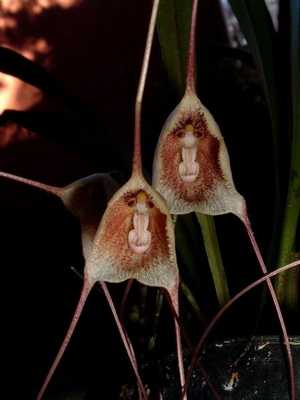
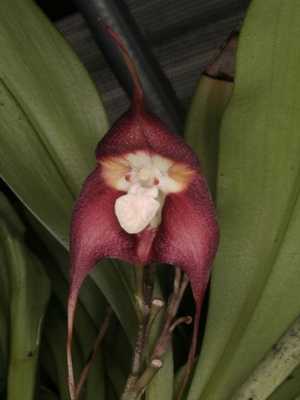
An intergeneric hybrid obtained from crossing Dracula and Masdevallia (Dracula x Masdevallia) – Dracuvallia (Dracuvallia). The conditions of detention are the same as for Masdevalles, but they also require high humidity, like draculae, they must be sprayed regularly.

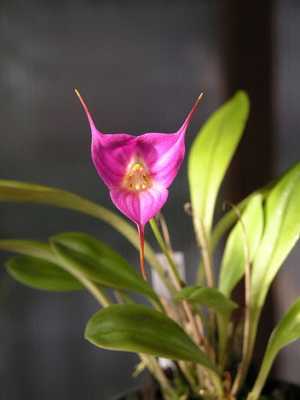
Dracuvallia blue boy – a primary hybrid with bright flowers.



